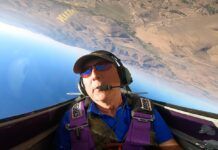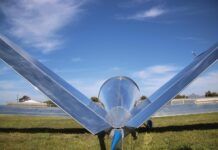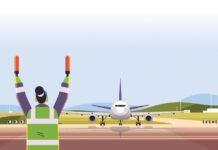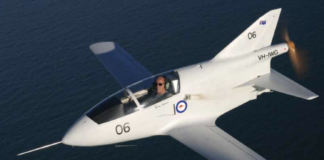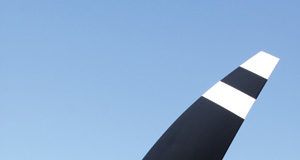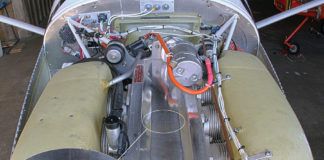“GC—lock the doors!” This command from the NASA flight director to his ground controller, the man responsible for the Mission Control facility, computers, and ground network, is a chilling phrase heard on the voice channels when things are about to get very serious in human spaceflight operations. It means exactly what it sounds like: The doors to the Mission Control Center are locked, and no one is allowed in or out. The team is isolated so that they can do one thing—concentrate on their mission—with no distractions from below or above. The phrase has been used when critical operations, such as a moon landing, are about to occur. It is also used when things have gone—or are going—very badly. You will hear it on the tapes after the explosion of the shuttle Challenger, or the break-up of Columbia. Locking the doors is one way to fiercely concentrate the team’s senses on the matter at hand.
In a more atmospheric environment, one of the toughest things to do around aviation people is to concentrate on aviation. Oh sure, we can sit around the hangar drinking a favorite beverage and talking airplanes—but that’s not concentration—that’s recreation. I am talking about the times when you have to no-kidding pay attention to what you’re doing; and those around you, while well-intentioned, are under less pressure and might not understand that what you really need is quiet, no-nonsense time to get ready for an important building task, or more importantly, a first flight.
Years in professional aerospace flight testing have given me an ability to focus on the job at hand under almost any condition of distraction—but it is hard to be sociable and friendly when the well-intentioned just want to help, yet don’t know they are being distracting. I have resorted to a number of little tricks in situations like this; the first is to assign someone to act as your “bodyguard” so to speak. Their job is to intercept anyone that is trying to talk or distract you and find them something useful to do. Most folks standing around with their hands in their pockets, just talking, are happy to have a task assigned. Send them to go find some ice for the cooler of post-flight drinks, or have them clean bugs off the wings—anything to keep them involved yet out of the way. Keeping folks busy is a great way to keep them quiet and away from the pilot who is trying to go through their pre-flight routine.

Even designated crew members can inadvertently serve as sources of distraction during flight operations. A small group of people dedicated to a particular aircraft or task get to know each other well enough that they joke around and trade insults, play little tricks on one another, and generally use humor to distract themselves from the thoughts of risk and danger. But there comes a time in any operation when you have to concentrate on the risk, you have to stop the horseplay. And for this, I learned a new trick from a fine young airshow performer by the name of Justin Lewis. Justin flies the little FLS Microjet in airshows around the country, and works closely with the crew chief who travels with him and takes care of all the little things that Justin can be distracted with by being the star.
Justin and his crew chief get along very well and trade the usual numbers of jokes and barbs, right up until it is show time—and they shake hands. This formal handshake is a signal, a transition time when the joking is over, and it is time to get down to business. From that point on, they are as formal as a military crew can be. Everything is done by checklist and routine. There are no off-hand comments that don’t mean anything. And the cockpit and airplane environment is sterile. The formality that follows the handshake is so evident that those around—without knowing it—back away and fall silent as the two prepare the little jet for flight.
The formal, sterile operational environment remains in effect until, at the conclusion of the flight and shutdown, they shake hands once again. This second handshake opens their world back up to include other people, conversation, and a relaxed atmosphere. One handshake to leave the “normal” world—another to return.
That handshake represents a bond between the pilot and the crew chief—a promise that each will do everything they can to make the mission as safe as possible for everyone involved. No outside influence will intrude upon the work required to make that happen, and each will put in a full effort to stay on track and on target. It’s a promise to keep their eye on the ball and allow no deviation to go unnoticed. The bond may appear to be one of friendship, but in truth it is one of professionalism—the bond that says they will do their very best, with all their skill and knowledge—a commitment to excellence.
We can all learn from this example and use that formal handshake to put ourselves into “mission mode.” My wife understands when I am about to fly something new, or fly something old, but in a new way, I put on my “game face.” Every professional in this business has some sort of similar ritual, and the handshake is one of the best I have seen when more than one person is required to make a mission work. It doesn’t have to be confined to just two people. Include the entire team, whatever size that might be. Shake hands, do excellent work—and when your job is complete, shake hands again and let the normal world wash back over you.


